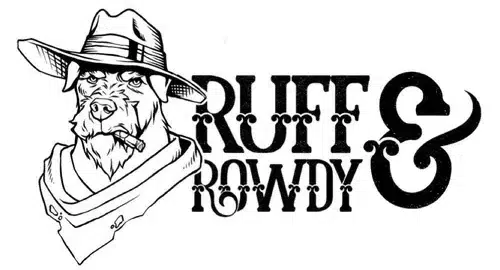Understanding dog behavior has undergone a significant shift in recent decades, leading to a reassessment of traditional training methods. One concept that has faced scrutiny and evolved in the field of canine behavior is dominance theory. While dominance theory once dominated discussions on dog training, it is now widely considered outdated and less relevant to our understanding of canine behavior.
Dominance Theory
Dominance theory, rooted in studies of captive wolf packs conducted in the mid-20th century, posited that wolves, and by extension, domestic dogs, lived in strict hierarchies where the alpha wolf asserted dominance over others. This idea shaped the belief that to effectively train and manage dogs, owners must establish themselves as the “alpha” or dominant figure in the human-canine relationship. This perspective suggested that certain behaviors, such as eating before the dog or going through doorways first, were crucial in maintaining dominance. However, more recent and comprehensive studies of wild wolf behavior have challenged the earlier assumptions. Contrary to the rigid hierarchy once believed to exist in wolf packs, research has shown that wolf families are more cooperative units. These family groups consist of parents and their offspring, working together for the collective benefit of the pack. The concept of an “alpha wolf” dominating the others has been largely debunked, highlighting the importance of cooperation and shared responsibilities within the group. Applying these findings to domestic dogs is crucial for understanding their behavior accurately. Dogs, as descendants of wolves, exhibit social structures that emphasize cooperation rather than a strict dominance hierarchy. The simplistic view of an alpha dog leading a pack does not consider the complexity of canine social dynamics.
Additionally, the dominance theory approach to training often involved punitive measures and aversive techniques to establish the owner as the “alpha.” This could include methods like alpha rolls (forcing a dog onto its back), using physical corrections, or employing choke collars. Modern behavioral science, however, has shifted toward positive reinforcement-based training methods.
Positive Reinforcement
Positive reinforcement focuses on rewarding desired behaviors, encouraging dogs to make the right choices rather than punishing unwanted behaviors. This approach fosters a positive relationship between the dog and its owner, emphasizing communication, trust, and cooperation. Positive reinforcement has been proven to be not only effective in training but also conducive to a dog’s overall well-being. Embracing positive reinforcement-based training recognizes that dogs are individuals with unique personalities and motivations. This approach encourages owners to understand and work with their dogs, building a partnership based on mutual respect and trust. Training becomes a collaborative effort, enhancing the bond between the dog and its owner.
Critics of dominance theory argue that it oversimplifies the complexities of canine behavior and may lead to misunderstandings that contribute to behavior problems as stated by the article Dominance in domestic dogs – useful construct or bad habit, by John W.S. Bradshaw, Emily J. Blackwell, and Rachel A. Casey published in the Anthrozoology Institute, Department of Clinical Veterinary Science, University of Bristol. . Dogs exhibiting so-called “dominant” behaviors are often displaying signs of fear, anxiety, or insecurity, rather than a deliberate attempt to challenge their owner’s authority. Addressing these underlying issues through positive reinforcement and behavior modification is a more effective and humane way to manage and correct unwanted behaviors.
